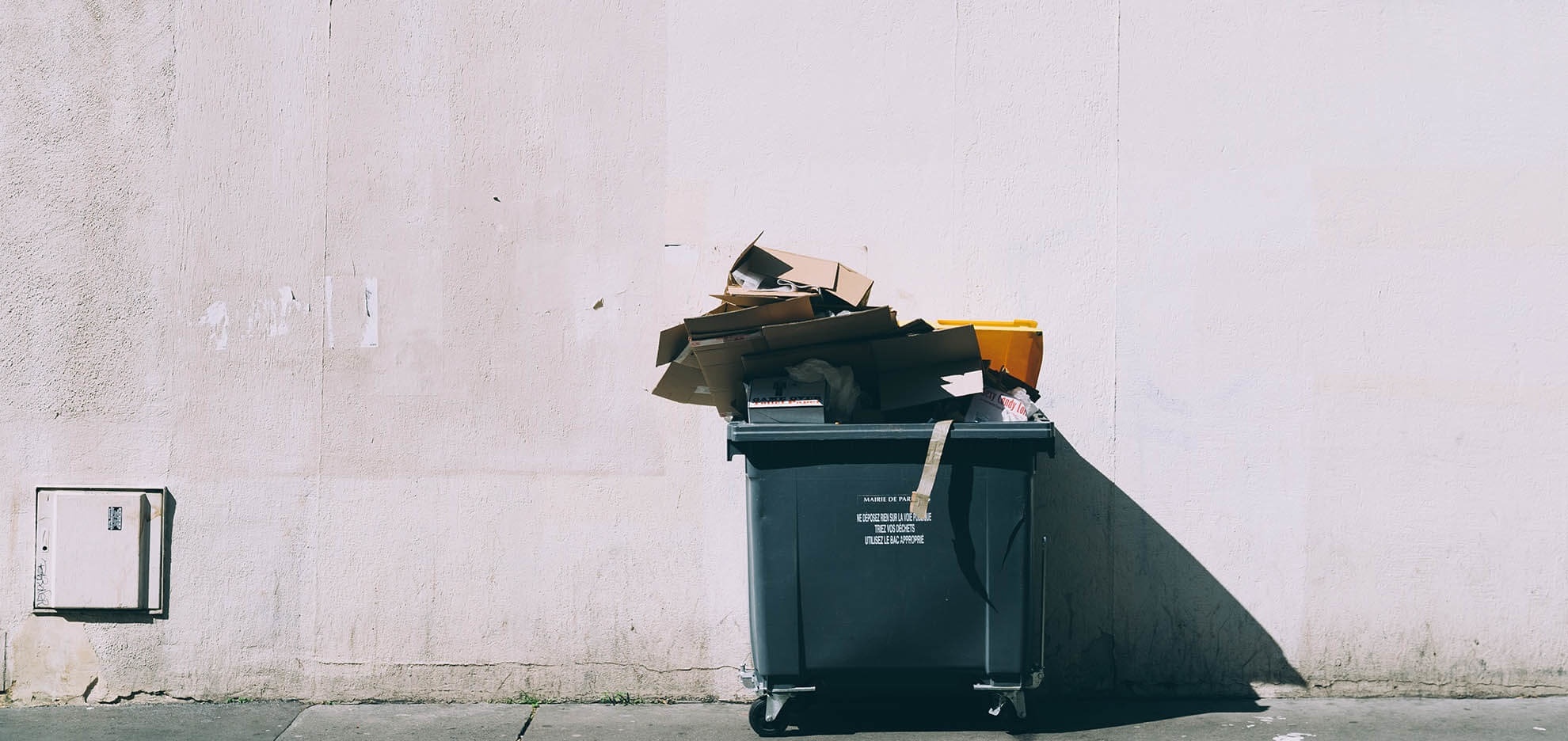Author | Tania Alonso
The world’s cities generate over 2 billion tonnes of solid waste each year. And, with rapid urban development, growing populations and economic expansion, this figure is set to rise to 3.4 billion over the next 30 years.
The most densely populated cities are those facing the most difficult challenges in terms of waste management. Technology is, in many cases, the main solution.
How has waste management evolved over time?
Urban waste management is as old as cities themselves. After all, proper sanitation is key in order to avoid the propagation of all kinds of illnesses, and that’s something that was quickly discovered in the Fertile Crescent. There, in today’s Syria, we can find some of the first Mesopotamian gutters; a concept that would be further refined by Rome’s Cloaca Maxima, the direct predecessor of our current sewers.
Solid waste is a different tale altogether, as collection requires considerably less effort. Horse-pulled carts have been used since antiquity in order to pick debris from streets and industries. We know that Romans were well aware of what we now call "circular economy," and recycled as much waste as they could for all kinds of purposes.
The real revolution in waste removal came around the end of the 19th century, when the first steam-powered trucks appeared. Then the internal combustion engine would come, as well as more elaborated designs, collective waste containers and fixed routes, which are now being further refined through technology.
How are IoT, AI and Big Data transforming waste management?
The 270,000 inhabitants of Bergen (Norway) have a pneumatic waste collection system. This system, developed by Envac, enables around 30 tonnes of waste to be processed each week by means of an underground pipe network. Connected devices, big data and artificial intelligence have improved the efficiency and productivity of the service.
The collection system begins at the disposal points installed at various points across the city. These are equipped with sensors using laser technology and capturing data such as weight and volume. When the system detects that these points are full, a propulsion system is activated, which transports the waste at approximately 70 km/h along a pipe system.

In total, underneath Bergen, there is a network of pipes spanning 7,500 metres. They end up at three central points, where the waste is managed and recycled. The entire system has a communication network connecting the different elements. The aim is, by using big data and artificial intelligence techniques, for machines to learn self-management. And to detect when waste disposal points are full and when they need emptying.
At first, the City Council of Bergen chose this underground system to restrict the number of heavy vehicles in the city and to help keep the city clean. However, the system offers additional benefits such as resource optimisation. Furthermore, residents pay taxes based on the volume of rubbish they throw away. This is possible, once again, thanks to sensors installed at the disposal points, identifying the people that use them.
More efficient routes thanks to data in Granada
Other projects have shown that there is no need to dispense with trucks in order to improve waste management. The City Council of Granada (Spain), in collaboration with Ferrovial and Cisco, has implemented a Dynamic waste management system based on data analysis.
This information is obtained from 420 volumetric sensors installed in containers. The devices analyse data relating to weather, traffic and special events to indicate where and when waste needs collecting. By using analytical models and algorithms for data analysis, optimal routes can be determined for trucks to be more efficient.

Waste collection workers also have an on-board navigation system for their trucks. These indicate optimal routes and the bins that need emptying. This data-driven system has helped improve the efficiency of collection operations. They have also helped improve the quality of life of the city’s residents by reducing pollution and noise levels.
Data analysis and connected devices are not the only solutions for improving this service. In Barcelona, for example, projects are being carried out to integrate robots in waste separation processes. Solutions for improving the sustainability and habitability of cities. But, above all, management models to combat one of the greatest challenges we will face over the coming decades.
Imágenes | Unsplash/Jilbert Ebrahimi, Envac Group, Pixabay




